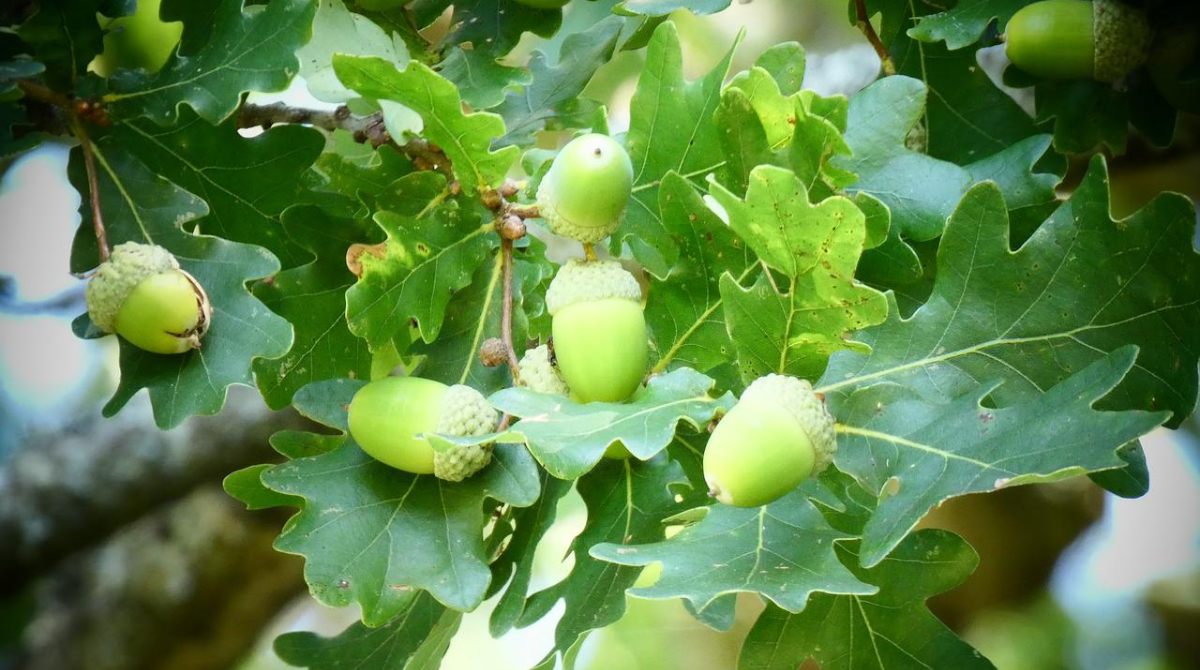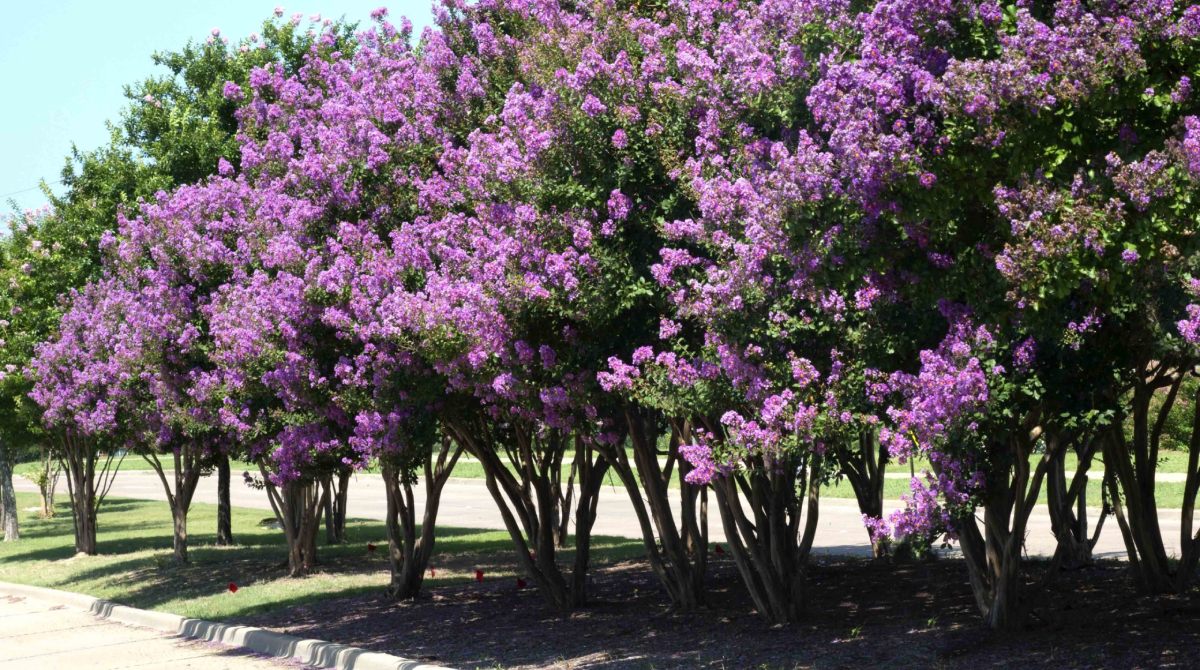
Date May 16, 2022
Category
Oak trees are a beautiful part of nature. They are easily recognizable by their large, sturdy branches and leaves that turn color in the fall. But what many people don’t know is that oak trees produce acorns – and these little nuts can be used for a variety of purposes! In this blog post, we will discuss everything you need to know about oak trees and acorns.
Oak Trees in Texas
Did you know that Texas has an abundance of oak trees? There are over 50 different species in Texas alone that you can find on your property or any broad landscape in the Lone Star state. Oak trees fall into two primary categories, red and white. Their lobed leaves can identify them with either pointed or round tips, bark with deep fissures and ridges resembling a scaly look, and the coloring of the bark ranging from whitish-gray to a dark, almost black color.
Interesting Fact: There are over 500 different species of oak trees.
White Oak Trees
White oak trees come from the whitish coloring underneath the leaves and typically have rounded tips. On top of that, they also tend to develop acorns faster than red oak trees.
Red Oak Trees
Red oak trees get their name from the coloring of their leaves, being deep red and having pointed tips.
What are Acorns?
Acorns are the fruit of oak trees. People have grown accustomed to consuming them since they are easy to harvest and are produced quickly by oak trees. They are an essential food source for many animals, including squirrels, deer, and birds.
Tannins
Before devouring just any acorn off the ground, remember that acorns have tannins that taste bitter. If you consume too many raw acorns without removing the tannins, it can lead to toxins blocking your body’s ability to absorb nutrients.
The best method to remove the tannins from an acorn is by soaking them in boiling water. The water will turn brown from the tannic acid, and this brown water should be thrown out and replaced. Continue to repeat this process till the water no longer turns brown.
Production
As mentioned above, oak trees tend to produce acorns quickly but only when they fit the right age. Most oak trees grow to start making acorns around 20 years old. Oak tree’s peak production comes into play from 50 to 80 years; then acorn production begins to fall off after 80 years. Oak trees that produce the most nuts thrive in high canopies, which is where the most sunlight can be received. Those oak trees that reside in the forest tend to receive less sunlight, resulting in lower acorn production.
White oak trees produce smaller acorns than red oak trees, but the nuts they produce are low in tannins, which become a favorite amongst the animals that consume the acorns.
Did you Know: An oak tree can produce up to 10 million acorns during its lifetime.
How Often Do Acorns Fall?
Oak trees have an irregular cycle when it comes to producing acorns. Mast years (considered a boom year of acorn production) happen every 2 to 3 years with the production of smaller acorns. Autumn is the typical period when we start seeing endless amounts of acorns falling to the ground. If you’re gathering acorns as early as June, it is a direct result of crop failures.
Acorn crop failures can occur if there are extreme weather conditions such as a lack of rainfall during the spring, late freezes after the start of flowering, or hot summers.
Acorn Coloring
Not only can crop failures tell us about an oak tree’s health, but so can the coloring of the acorn it produces. If you find a green acorn, it can mean the tree is having a problem, possibly stress, and if the weather conditions meet an extreme factor, it leads to premature acorns.
What can Acorns be Used For?
Now that we have discussed everything about an acorn, let’s see some other ways we can utilize an acorn:
- Animal Feed (I bet you wouldn’t have guessed that!)
- Dye
- Flour
- Fertilizer
As stated above, acorns have many uses. If you smash up an acorn, you can now use it to dye fabrics and yarn due to the tannins within the acorn. If you’re a foodie looking to try something new, might we suggest cookies made out of acorn flour? Since acorns are made from nature, we can reuse them for fertilizer by mashing them up and adding them to homemade compost.
If you need advice or assistance with your oak trees and the acorns they produce, get in touch with the ISA-certified arborists at TreeNewal and enjoy tailored tree care advice.
To learn more about Acorns and Oak Trees: Everything You Need to Know, call our Argyle and Southlake-based teams
at (817) 592-6846 or send us a message.
We’re a little different than the average tree services company.
Learn more about TreeNewal’s ISA Certified Arborists!
Our Dallas/Fort Worth-based tree doctors can explain how sustainable tree care services add more value to your bottom line.
Healthy trees, healthy lives.








